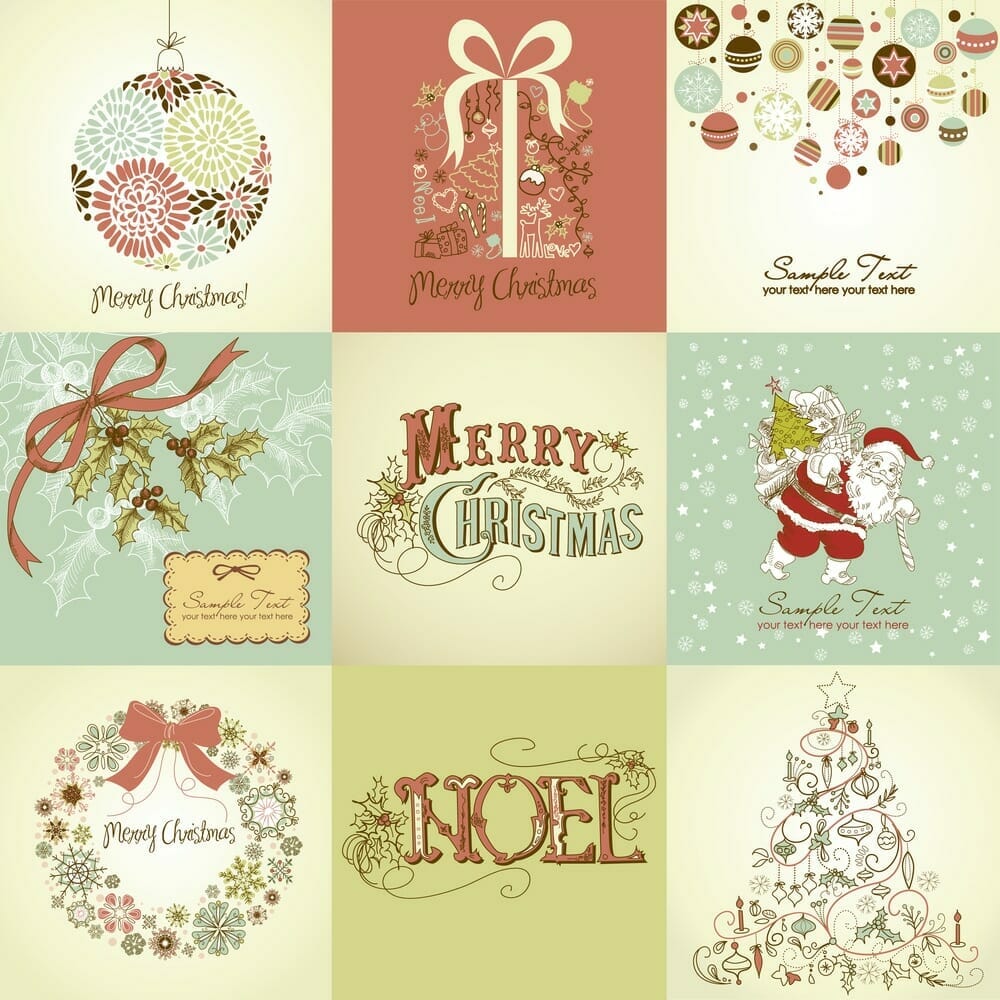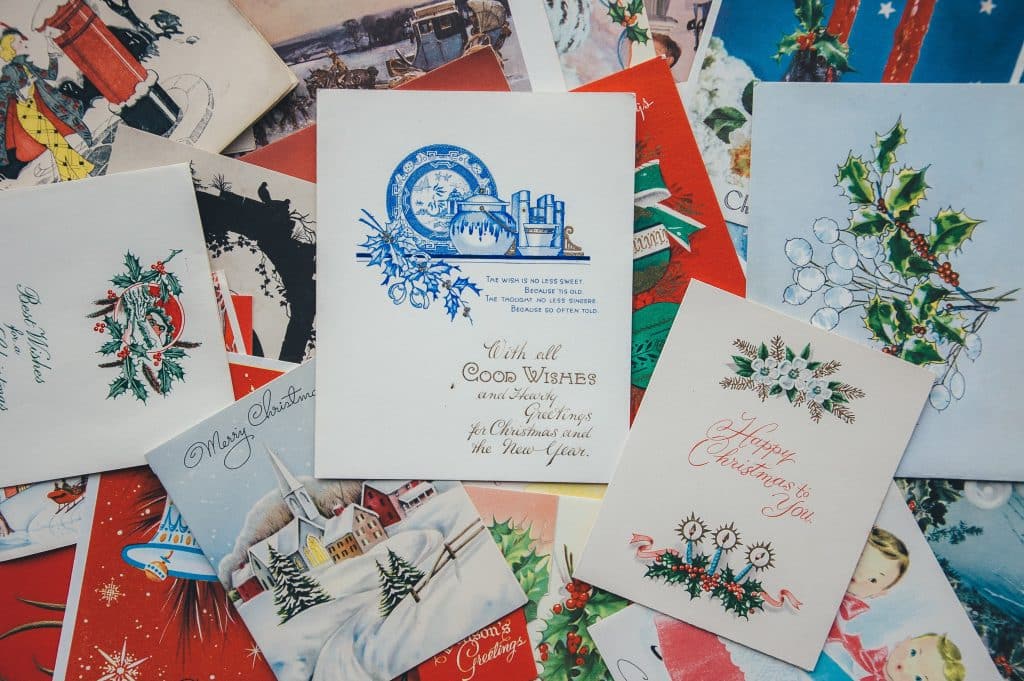It’s almost the season when we send Christmas cards to friends and family. According to iNews, sales of cards boomed last year, as people were less able to meet up in person. They are a wonderful way to keep in touch and show someone you are thinking about them. But when exactly did this tradition begin?

The V&A website explains that the first Christmas card was sent by its founding director, Henry Cole, in 1843. Cole was a civil servant who was involved in reforming the British Postal system. He helped to set up the Uniform Penny Post, which made it easy for people to send decorated greeting cards and visiting cards.
As unanswered mail began piling up at Christmastime, the Cole family looked around for a solution to save time. The artist John Callcott Horsley was commissioned to design a personalised greeting card. He came up with an illustration of the whole family raising a toast, surrounded by decorative panels.
A thousand copies were printed, but sadly the idea didn’t catch on with the public straight away, partly because the cards were overpriced, at a shilling each. However, over the following two decades, the more commercialised version of Christmas that we are familiar with today took shape, and more designs for seasonal greeting cards were printed.
By the 1860s, more modern printing techniques allowed a greater range of colour and pattern to be printed onto the cards. Sophisticated techniques such as fabric appliqué, metallic inks, and die-cutting made the range of designs more appealing, although they were expensive. Cheaper versions were sold at tobacconists and toy shops.
Some Victorian Christmas cards look remarkably similar to the ones we send today: robins and holly, snow covered villages, Santa in red robes with a flowing white beard. However, some were more offbeat, or just plain weird, as the History website explains.
Among the more bizarre designs are an army of black and red ants going into battle, dead robins, children being attacked by a giant fly, and a lobster and a frog dancing to a tambourine played by a grasshopper! It seems that the Victorians had an insatiable appetite for the strange and uncanny, as well as an odd sense of humour.
The more conventional trend for snowy scenes is thought to have arisen because the winters of the 1840s and 50s saw unusually heavy snowfalls. To this day it seems that the British are still obsessed with white Christmases, even though according to the Met Office, there have only been four official Christmas day snow events in the past 50 years.
The trend for depicting robins, still very popular, came about because Victorian postmen wore red waistcoats, and earned the nickname robin redbreasts as they delivered thousands of cards over the festive season.
Other common symbols, such as holly, ivy, and mistletoe, are simply used because these evergreen plants made for easy and free ways of decorating the home during the festive period.
If you’re looking for a planner printing company, talk to us today.
Looking for a reliable printing company?
Get an instant quote